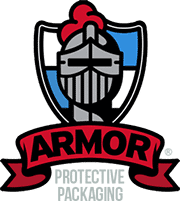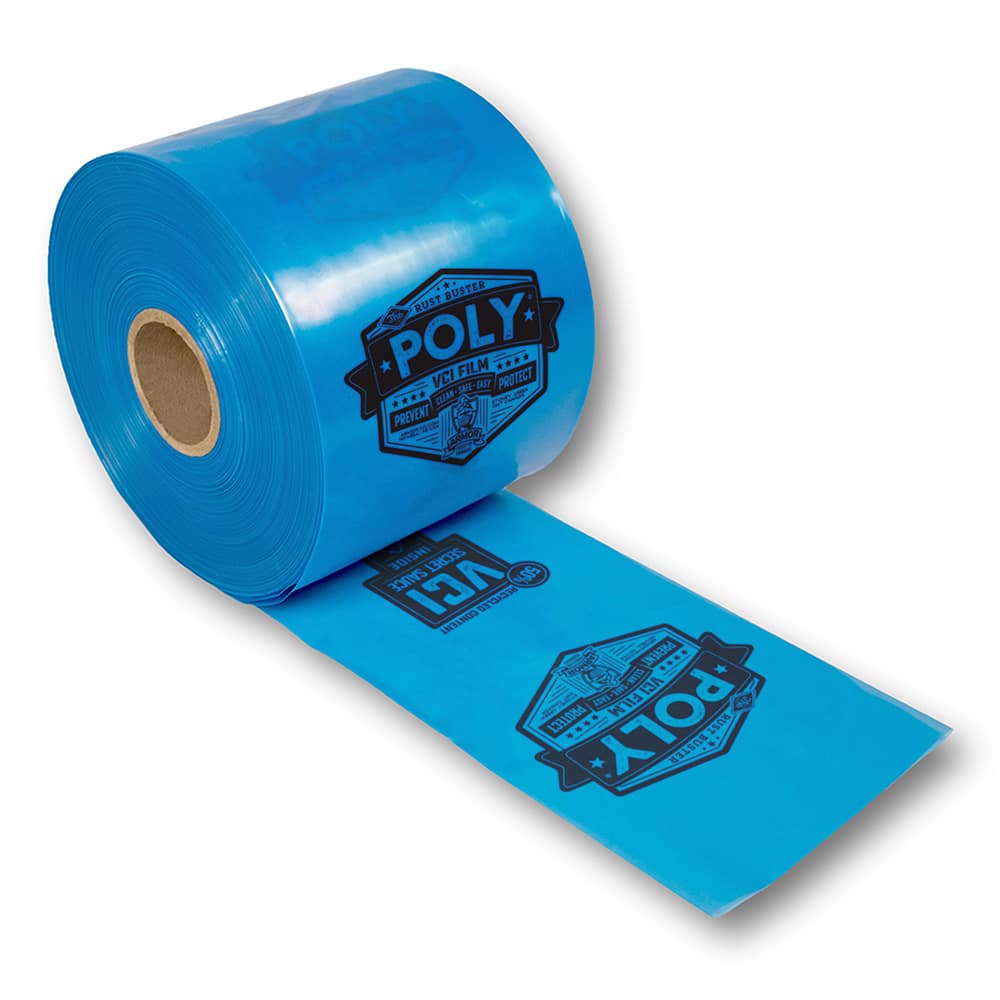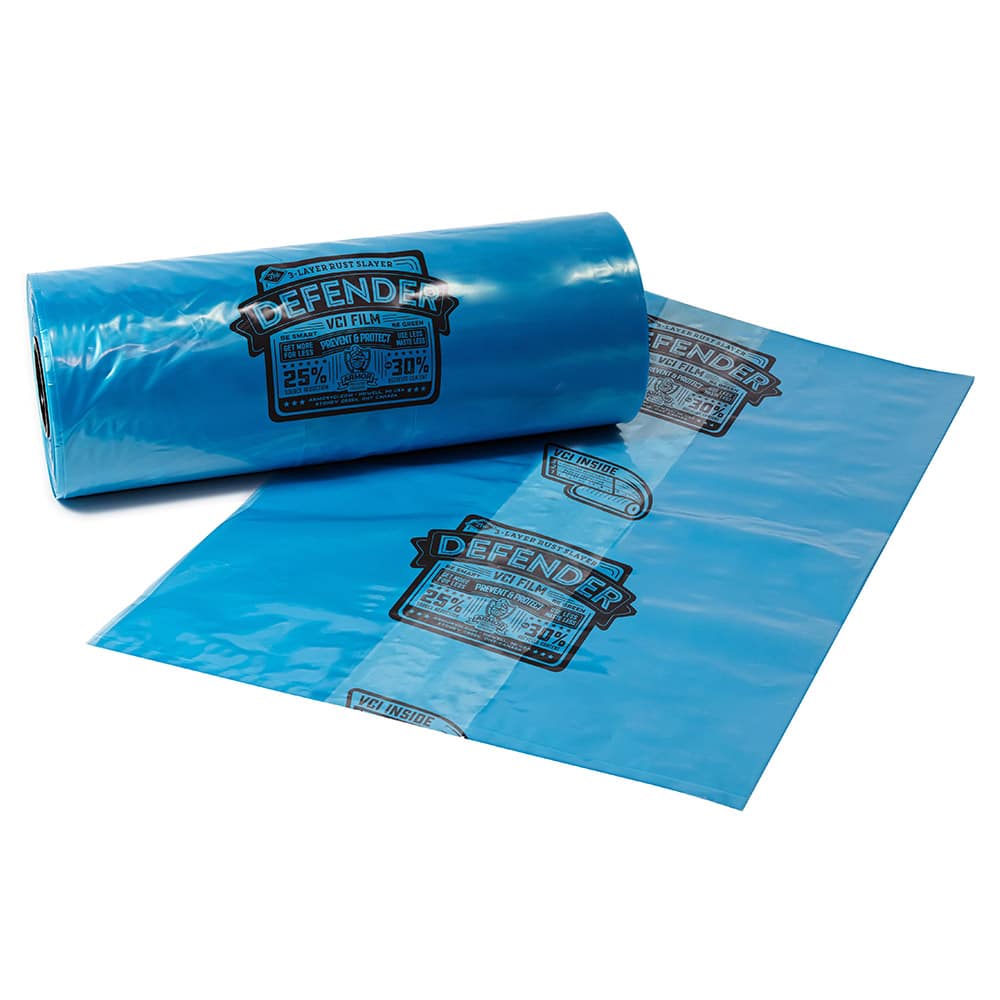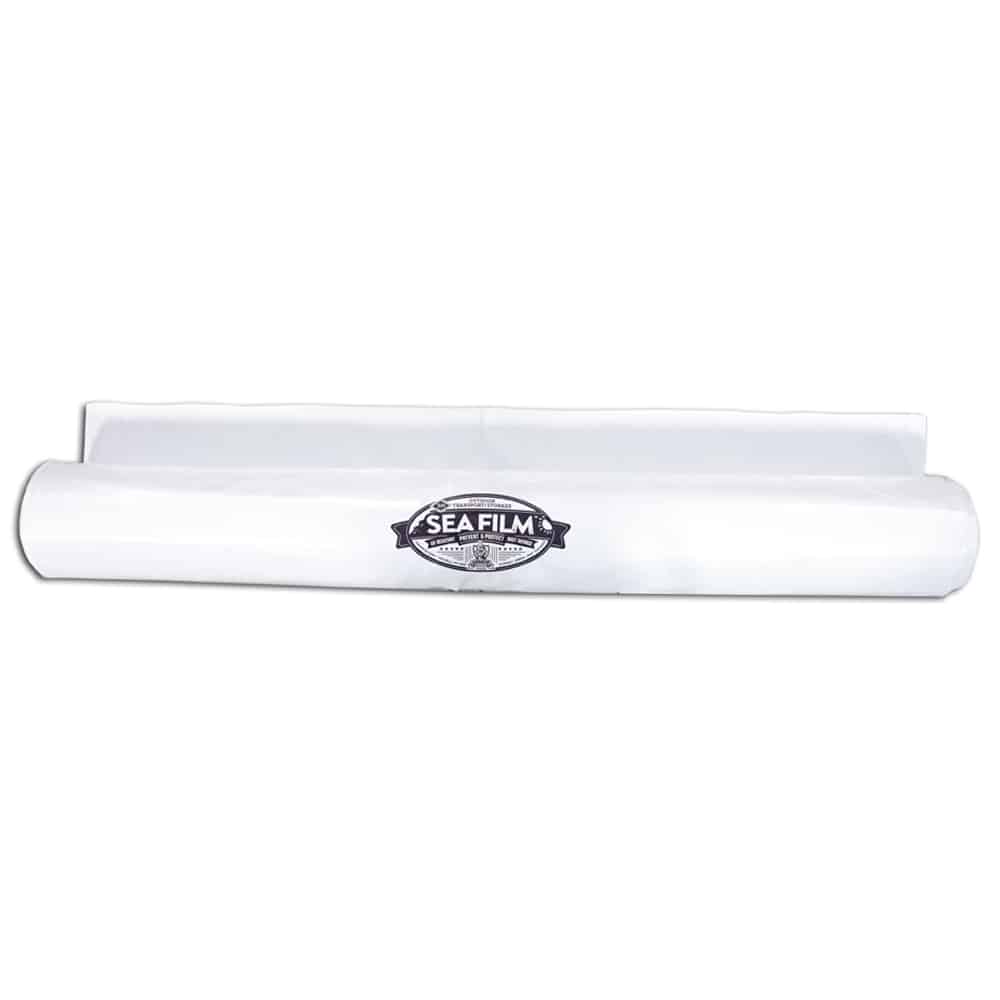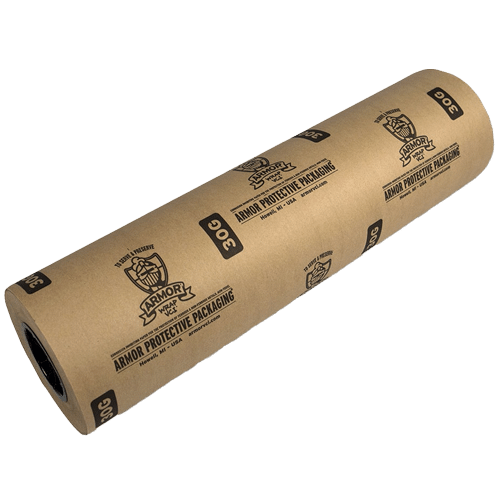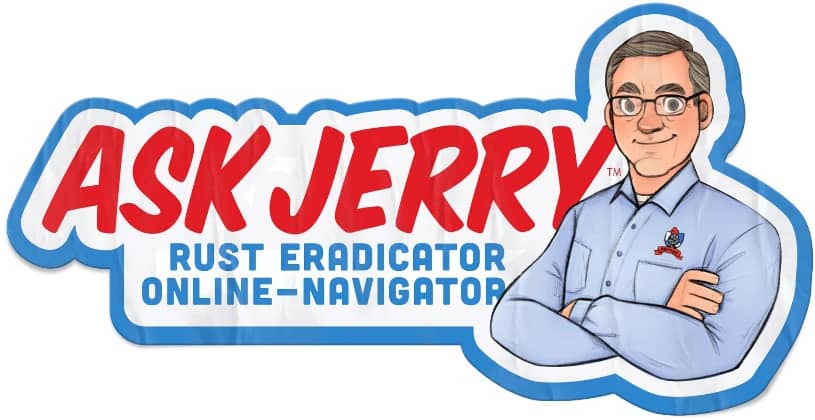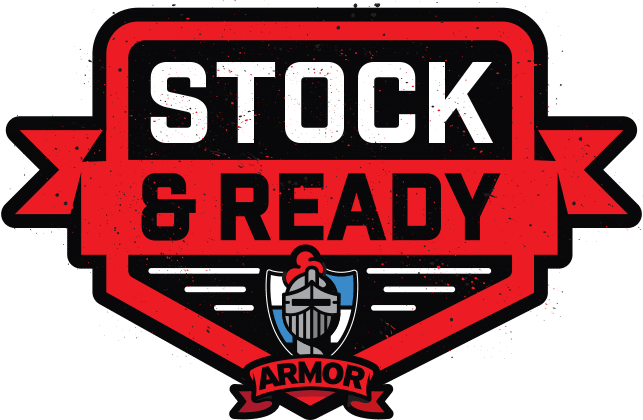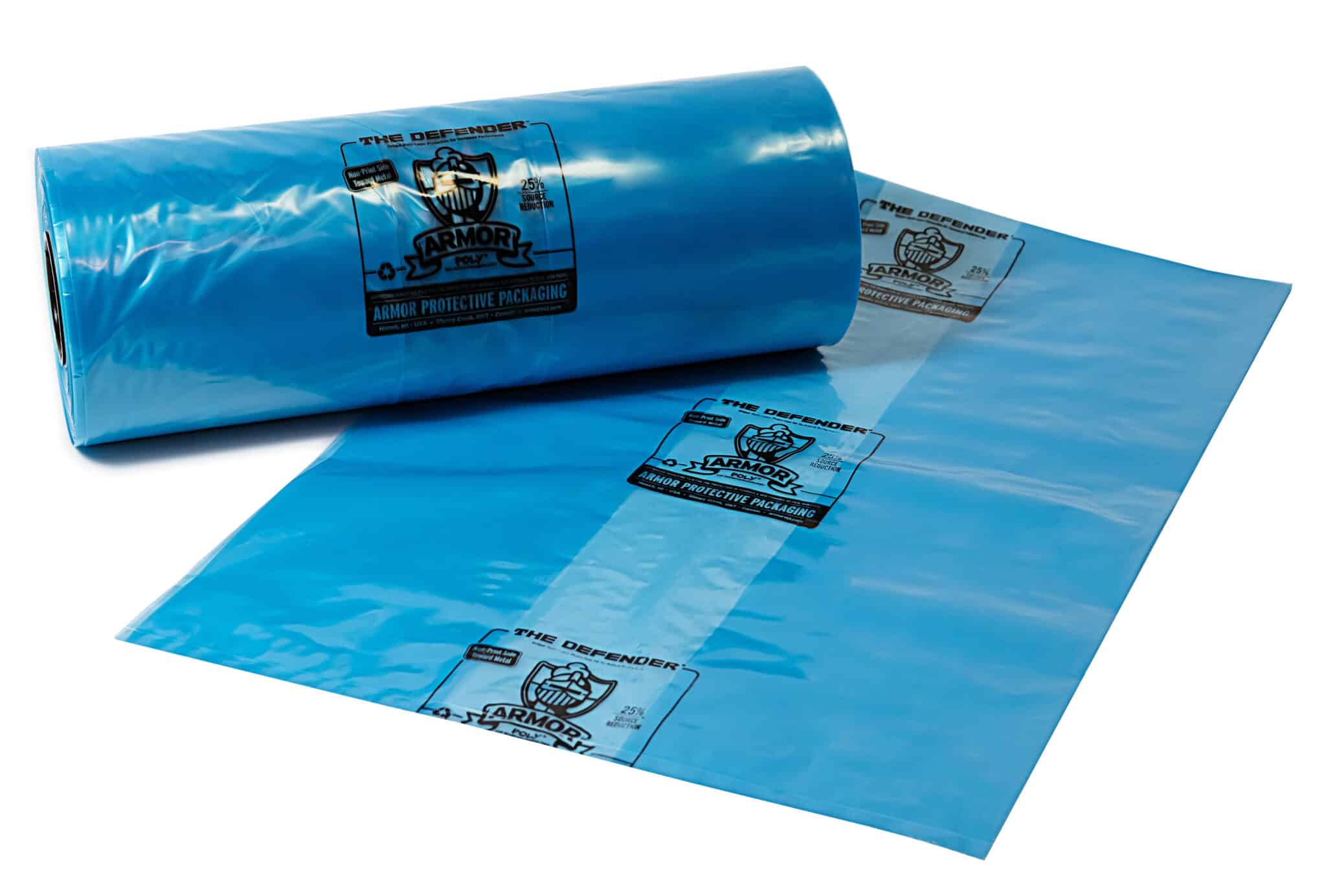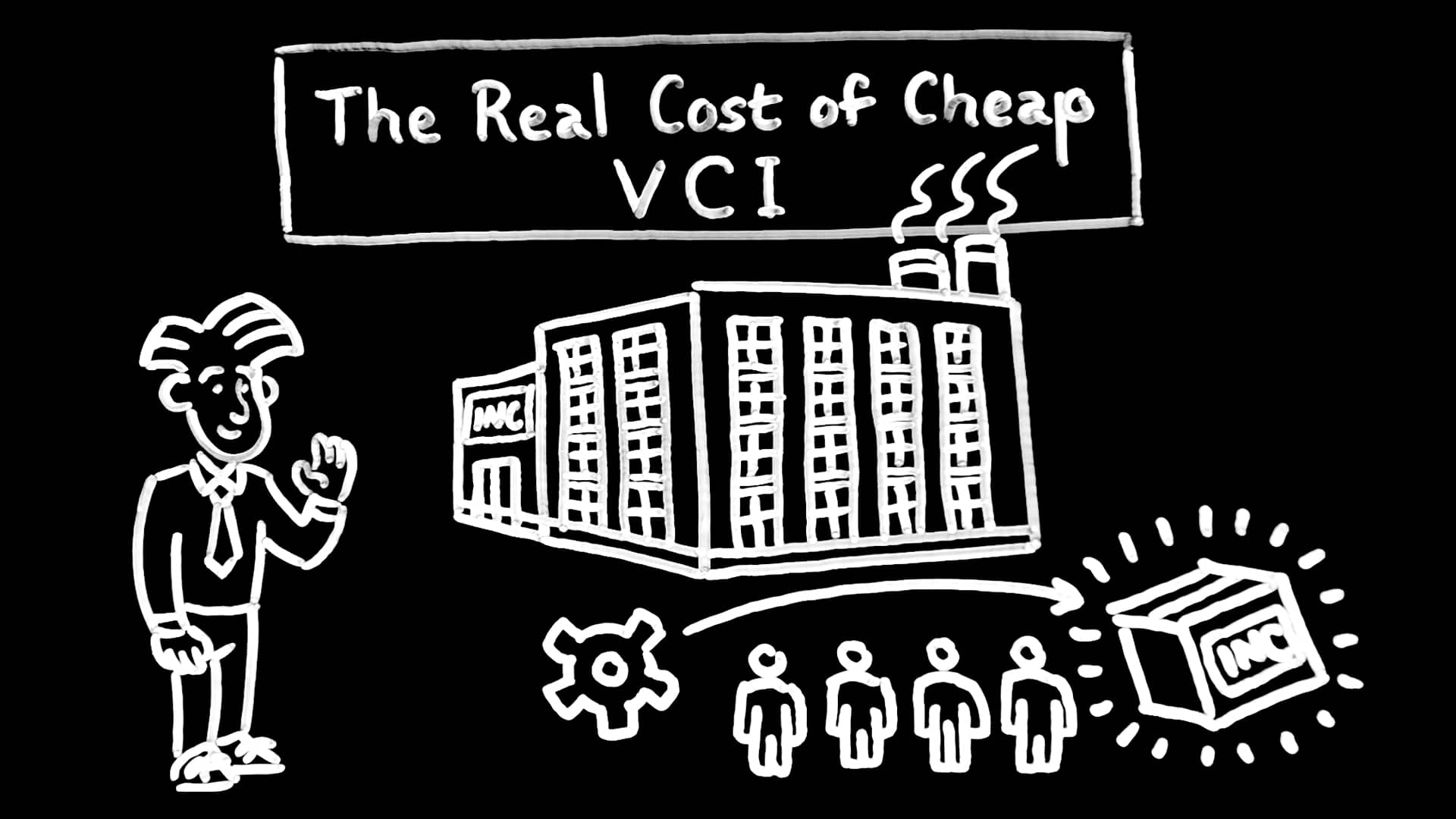
Rust is a destructive and expensive enemy of metal that can wreak havoc on a company in many ways — it can shut down an assembly line, cause re-work, prohibit successful completion of a Production Part Approval Process (PPAP), result in customer rejections, increase scrap costs, delay production, create health and safety concerns or lead to equipment failure. In the end, companies lose billions of dollars because of it each year. In fact, a study by NACE International (The International Association of Corrosion Engineers) cites that the direct cost of corrosion in the U.S. is $276 billion (3.1% of Gross Domestic Product) and it is safe to assume that other industrialized nations are experiencing corrosion issues of a comparable magnitude.
Contributing further to the list of rust and corrosion issues that companies face is the growing shift towards international purchasing and shipping and the ever-increasing cost of energy and resources. In the end, what is left is a significant worldwide corrosion issue.
As a result of these challenges, the need for cost-effective rust prevention methods in metal manufacturing and fabrication companies is vital. Safeguarding metal-based products from rust and corrosion while they are in-process, in storage, or in shipment and transport not only protects the metal, it also protects the bottom line.
To start, many companies do not have a good grasp on how much a problem with rust is truly costing them. There are several factors that contribute to the “cost of rust” or put another way, the cost of quality. When a corrosion problem occurs, the following factors are present:
Labor Costs
- Communication of rust complaint by customer service, sales and operations.
- Meetings held with engineering, quality, customer service, and production to determine the root cause of the problem, plans for re-work or scrap, scheduling of additional parts or re-work and follow up communication back to the customer on defined action plans and resolution.
- Inspection of materials to determine the disposition.
- Re-work of the materials to remove the rust.
Shipping/Receiving Costs
- The company incurs the cost of the return shipment of the rejected metal product back to their facility as well as the fees to ship new or de-rusted product back to the customer a second time.
Material Costs
- The “price tag” on the materials needed to either remove the rust from the metal or to produce new product is significant.
- The additional packaging costs to re-ship the product to the customer.
Opportunity Costs
- An often overlooked consideration is the loss of opportunity cost that is the result of a rust problem. During the process of investigation and problem solving of the customer-reported problem, the company is unable to produce metal parts for other customers during this crisis.
- Additionally, there are lost opportunity costs related to operations and/or engineering whose attention is diverted to problem solving rather than furthering new projects.
Reputation Costs
- Perhaps the largest cost that a rust problem can cause is damage to your company’s reputation.
- Your entire company and brand suffers when there is a rust issue – it undermines the trust and confidence customers have in your abilities to service them.
At ARMOR, we equate the cost of rust with the cost of quality and one quality measure you cannot, should not, hands-down, never ever skimp on is cheap VCI (vapor corrosion inhibitor). When it comes to VCI for rust prevention, we stand by the motto “you get what you pay for.” Take a load off and watch this expose on the pitfalls of choosing a cheap VCI to protect your metal and metal parts – it’s a game changer in the perception of the value of a “good deal.”
Shop Products
If rust and corrosion cost your company time, resources and money, let ARMOR show you why we call ourselves Eradicators of Rust. We have a full line of rust prevention products that contain ARMOR’s proprietary VCI Nanotechnology™ (our top-shelf “secret recipe” for vapor corrosion inhibitors) that are clean, safe, easy-to-use and effective.
